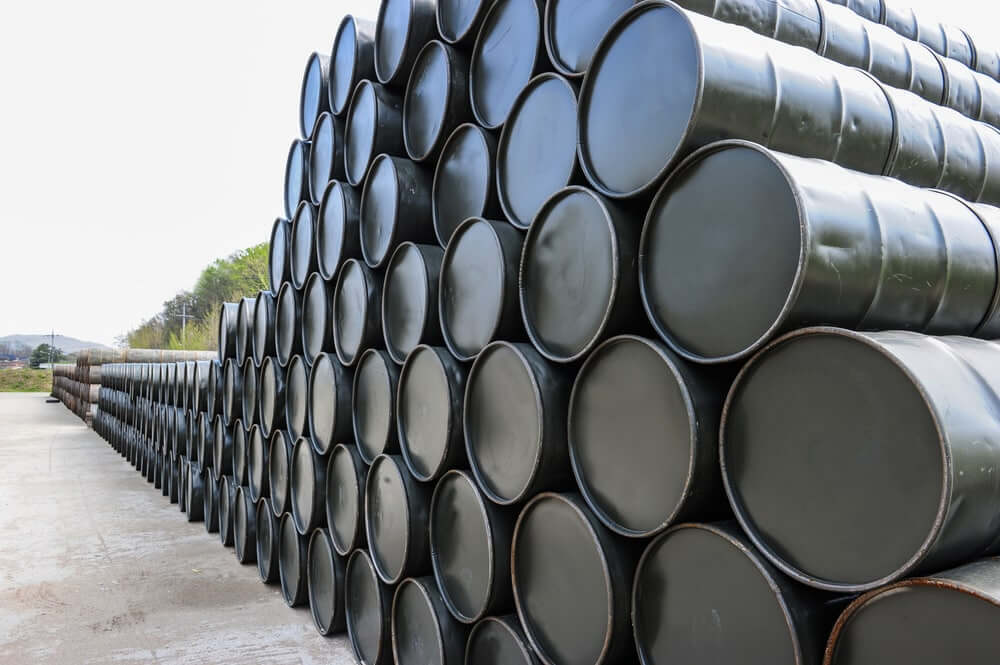
IEA estimates investing $4 trillion in Renewable Energy
The International Energy Agency considers an increase in investments of about 4 trillion dollars per year until 2030 in clean energy projects and infrastructure. The IEA believes it is necessary to achieve the goal of neutrality of carbon in 2050, which is not as difficult as it seems.
The EIA published its annual report on Wednesday. In fact, it focused on the different emission reduction scenarios and their impact on temperature and health.
The document stated that in the case of reaching neutrality in 2050, we could avoid 2.2 mln premature deaths from pollution in 2030. The number is 40% less than today. In other scenarios, they will increase.
The IEA considered three scenarios:
- Current emission reduction policies effectively implemented by governments;
- The reduction commitments made public;
- The one that allows carbon neutrality in 2050.
The first scenario is the most pessimistic. The global temperature will additionally gain 2.6 degrees Celsius in 2100 with respect to the pre-industrial era. In the second scenario, the temperature gains 2.1 degrees. Only in the third case we will be able to limit it to 1.5 degrees.
Global oil demand could slump by 75%
The report does not address the current energy price crisis in depth. Instead, it assures that the recent escalation has to do with numerous factors, including increased energy demand, meteorological events, and interruptions in the supply chain.
The IEA suggests greater investment in renewables to diversify the energy supply. However, it clarifies that the phases of price volatility will not disappear completely.
Along with those $4 trillion a year in investments, the agency predicts that clean energy will create jobs and economic activity. It can also help employ workers from the coal or oil sectors.
Furthermore, the EIA foresees that demand for crude oil, the energy and economic base of the 20th century, may fall for the first time.
Currently, the world consumes approximately 100 million barrels per day. Moreover, it could drop to 75 million in 2050 in an average scenario. In the most optimistic scenario, the demand will slump to 25 million BPD.


